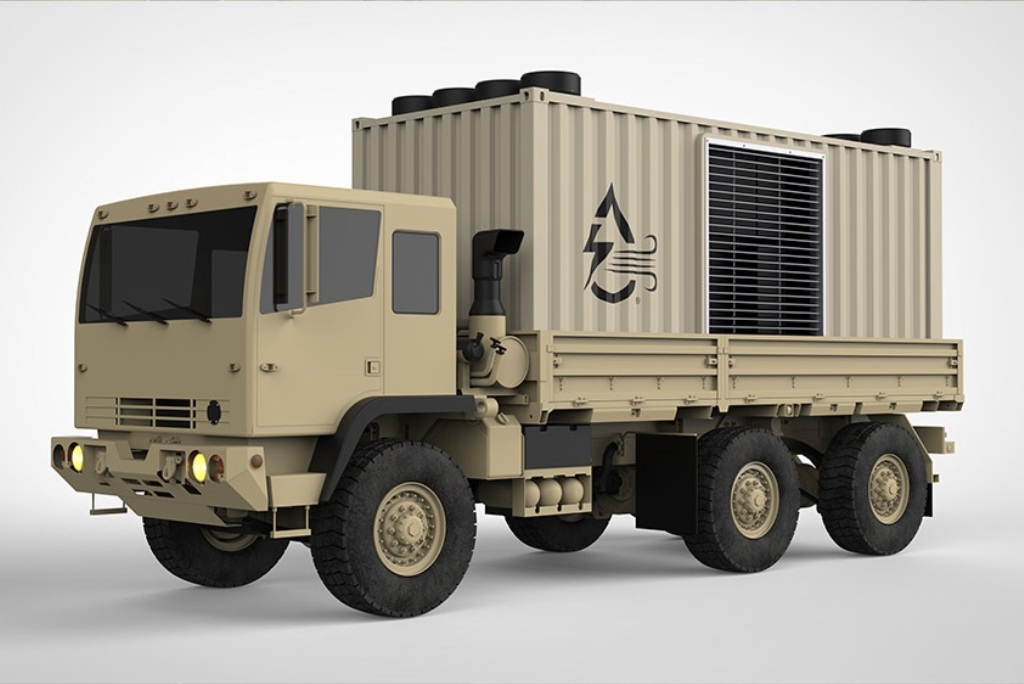Integration of Kinetic Weapon Systems with Robotic Platforms: Implications for Special Operations
Advancements in Robotic Capabilities
Recent developments in unmanned ground vehicles (UGVs), particularly those designed as quadrupeds, are capturing the attention of U.S. special operations forces (SOF). The concept of equipping these robotic platforms with kinetic weapon systems is being actively explored, reflecting a significant shift in how land-based special operations may operate in forthcoming conflicts. The integration of advanced robotics into military operations not only enhances tactical versatility but also introduces a layer of technological sophistication previously unattainable.
Insights from the SOF Week Conference
Information shared by the U.S. Special Operations Command (USSOCOM) at the SOF Week conference in Tampa, Florida, highlighted ongoing examinations of “robotic dog-mounted systems.” These systems aim to bolster operational efficiency and effectiveness within the scope of special operations missions.
-
Operational Framework: This initiative aligns with the Ground Organic Precision Strike System (GOPSS) portfolio, particularly under the Echelon 0G classification. This categorization encompasses unmanned platforms ranging from nano- to mega-sized robotic systems, indicative of a comprehensive approach to robotic warfare.
- Current Testing: The Ghost Robotics Vision 60 prototype has undergone evaluations as part of the Advanced Battle Management System, which is designed to aggregate and process data from multiple operational systems. This interconnectivity underscores the evolving landscape of battlefield information management.
Weaponization of Robotic Systems
One of the most notable aspects of this program involves the potential armament of these quadrupedal UGVs with various weaponry options. Officials from USSOCOM disclosed specific interests in utilizing ‘Havoc’ 40 mm grenade launchers and ‘Chaos’ 12-gauge shotguns—both engineered by Skyborne Technologies. These advanced systems highlight the push towards robotic platforms capable of delivering precision fire support.
- Specifications of Proposed Weapons:
- Havoc: A 40 mm grenade launcher designed for high-impact delivery.
- Chaos: A 12-gauge shotgun offering versatility in close-quarters engagements.
- Both systems are reported to feature revolving, multishot mechanisms, potentially allowing for rapid successive firing—up to 5 rounds for the ‘Havoc’ and 10 rounds for the ‘Chaos.’
Feedback and Developmental Strategy
The initiative reflects a rigorous developmental strategy supported by user feedback from entities such as the Irregular Warfare Technical Support Directorate. It serves to refine the operational integration of robotic systems—an essential aspect given the diverse and unpredictable landscape of modern warfare.
Moreover, this comprehensive analysis and user evaluation align with contemporary military objectives to advance lethality and operational flexibility in austere environments.
Wider Implications for Modern Warfare
As robotic systems continue to gain traction in military operations, the implications for SOF and conventional units alike are profound. By incorporating advanced robotics into their tactical arsenals, forces can:
- Enhance Situational Awareness: Capable of streaming real-time data, these robotic systems may improve decision-making processes on the battlefield.
- Reduce Personnel Risk: Deploying UGVs in high-threat environments can significantly mitigate risks associated with human operators in combat situations.
- Adapt to Asymmetric Threats: The flexibility of robotic platforms allows for quick adaptations to unconventional warfare and guerrilla tactics.
In summary, the exploration of kinetic weapon systems mounted on quadrupedal UGVs marks a progressive step for the U.S. military in rethinking operational tactics. As these technologies evolve, they promise to redefine the battlefield landscape, pushing the boundaries of what is possible in modern warfare.





